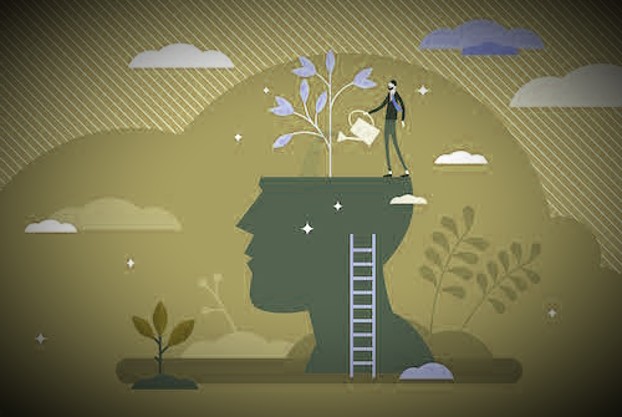In today's fast-paced world, Indian youth face a myriad of challenges, ranging from academic pressure and societal expectations to family dynamics and personal struggles. Amidst these challenges, many young individuals may also grapple with trauma—experiences that have left deep emotional scars and hindered their ability to thrive. Trauma therapy and counselling techniques offer a beacon of hope for Indian youth, providing avenues for healing, growth, and empowerment. In this blog post, we will delve into the significance of trauma therapy for Indian youth, exploring why it is essential and how simple yet impactful trauma therapy techniques can make a difference in their lives.
Trauma encompasses a range of experiences, from childhood adversity and family dysfunction to interpersonal violence and community unrest. For Indian youth, trauma may manifest in various forms, including domestic violence, academic stress, discrimination, and cultural conflicts. These experiences can profoundly impact their mental, emotional, and physical well-being, leading to symptoms such as anxiety, depression, low self-esteem, and difficulties in forming healthy relationships. Moreover, the stigma surrounding mental health in Indian society often exacerbates the challenges faced by traumatized youth, hindering their access to support and treatment.
Trauma therapy plays a crucial role in addressing the unique needs of Indian youth, offering a safe and supportive environment for healing and growth. By providing a space to process traumatic experiences, express emotions, and learn coping strategies, therapy empowers young individuals to reclaim their sense of agency and resilience. Moreover, trauma therapy fosters a sense of validation and understanding, helping youth recognize that they are not alone in their struggles. Through evidence-based interventions tailored to their cultural context, Indian youth can embark on a journey of healing and transformation, paving the way for a brighter future.
Several trauma therapy techniques have proven effective in facilitating trauma healing among Indian youth. These techniques emphasize empowerment, cultural sensitivity, and holistic well-being, empowering young individuals to reclaim control over their lives and narratives. Narrative therapy, for example, encourages youth to explore and reframe their traumatic experiences within the context of their personal stories, highlighting their strengths and resilience. Similarly, mindfulness-based practices offer tools for managing stress, regulating emotions, and fostering self-awareness—a particularly valuable resource for Indian youth navigating the complexities of modern life.
Additionally, expressive arts therapies, such as art therapy and music therapy, provide alternative avenues for self-expression and healing, allowing youth to communicate their innermost thoughts and emotions non-verbally. These creative modalities can be especially beneficial for Indian youth who may feel inhibited or ashamed to express themselves verbally due to cultural norms or societal expectations. By tapping into their innate creativity, young individuals can bypass linguistic barriers and access deeper layers of their psyche, facilitating profound healing and self-discovery.
Furthermore, trauma-informed yoga and mindfulness practices offer holistic approaches to healing, integrating movement, breathwork, and meditation to promote relaxation, embodiment, and emotional regulation. In the Indian context, where spirituality and holistic well-being are deeply ingrained in culture and tradition, these practices resonate with youth seeking connection, balance, and inner peace. By incorporating elements of Indian philosophy and spirituality, trauma-informed yoga and mindfulness interventions honor the cultural heritage of Indian youth while providing practical tools for navigating adversity and fostering resilience.
Despite the promise of trauma therapy and counselling for Indian youth, several challenges and considerations must be addressed to ensure their effectiveness and accessibility. Cultural sensitivity and competence are paramount, as therapists must navigate the nuances of Indian culture, religion, and family dynamics when working with traumatized youth. Moreover, addressing stigma and increasing awareness about mental health is essential to destigmatize seeking help and promote early intervention. Additionally, overcoming barriers to access, such as financial constraints, geographical limitations, and lack of mental health resources, is crucial to reaching marginalized and underserved youth across India.
Trauma therapy techniques offer invaluable resources for Indian youth grappling with adversity and trauma. By providing a safe space for healing, empowerment, and self-discovery, these interventions empower young individuals to reclaim their narratives, cultivate resilience, and embark on a journey towards holistic well-being. Through culturally sensitive and evidence-based approaches, trauma therapy has the potential to transform the lives of Indian youth, fostering hope, healing, and empowerment in the face of adversity. As we continue to prioritize the mental health and well-being of Indian youth, let us embrace the power of trauma therapy to create a brighter and more compassionate future for generations to come.

